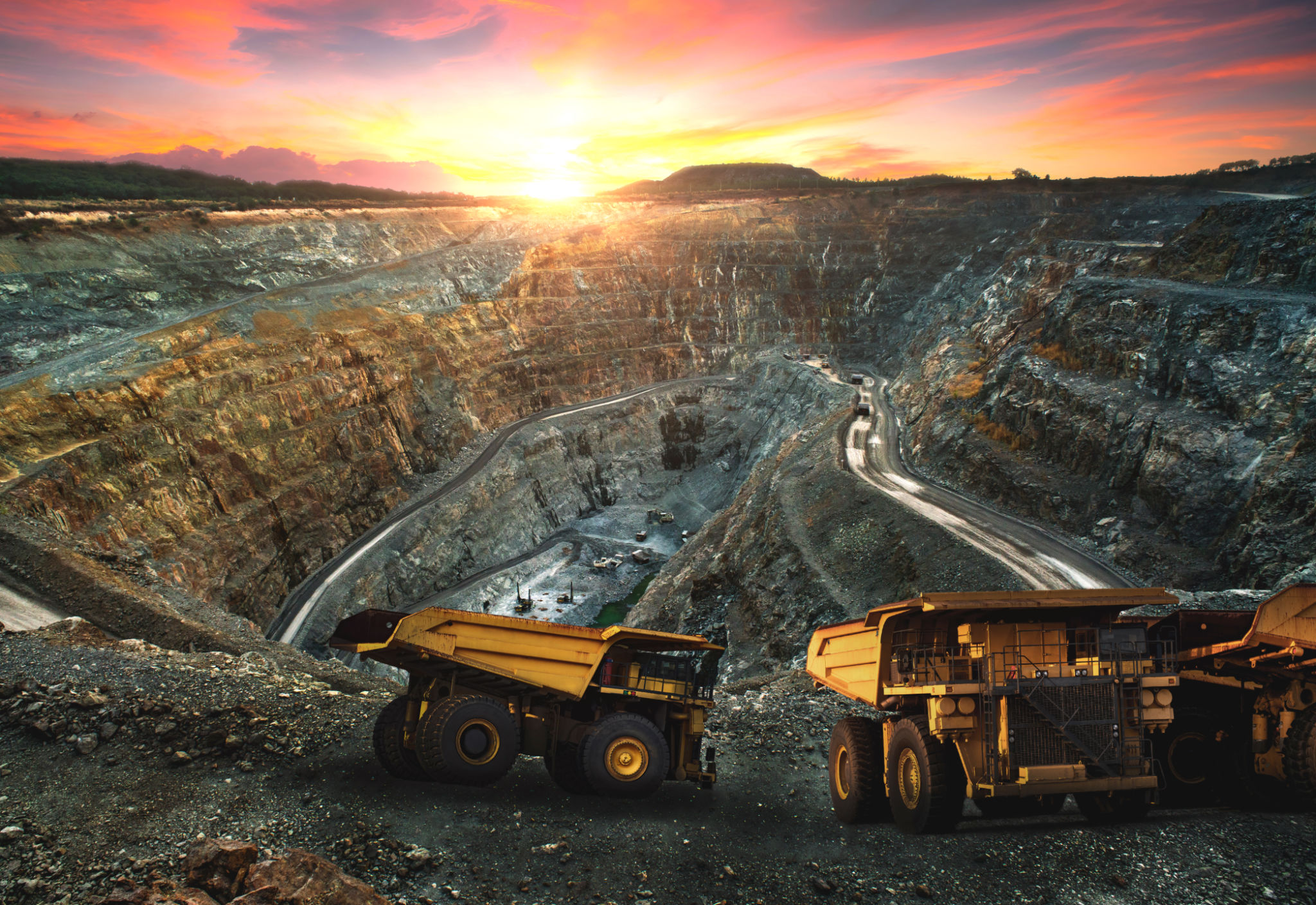Understanding Copper-Gold Anomalies: Insights from the Lufilian Arc
Introduction to Copper-Gold Anomalies
Exploring the fascinating world of geology, copper-gold anomalies present a significant area of interest, particularly in regions like the Lufilian Arc. These anomalies are geological features that hold the promise of valuable mineral deposits, making them prime targets for mining and exploration activities. Understanding these anomalies not only aids in mineral extraction but also enhances our knowledge of the Earth's geological history.

The Significance of the Lufilian Arc
The Lufilian Arc, stretching across parts of Zambia and the Democratic Republic of Congo, is renowned for its rich deposits of copper and other minerals. This geologically complex region is shaped by a series of tectonic events that have contributed to its unique mineral composition. Researchers and geologists flock to this arc, eager to uncover its secrets and the potential wealth it holds.
The Lufilian Arc is particularly notable for hosting some of the world's largest copper-cobalt deposits. Its formation is linked to a series of tectonic collisions and sedimentary processes that have occurred over millions of years. This makes it a valuable case study for understanding the processes that lead to the formation of copper-gold anomalies.
Geological Processes Behind Anomalies
Copper-gold anomalies in the Lufilian Arc are primarily the result of a combination of geological processes. These include tectonic activity, hydrothermal processes, and sedimentation. Tectonic movements have played a crucial role in shaping the arc, creating pathways for mineral-rich fluids to ascend from deep within the Earth's crust.

Hydrothermal processes are essential in the formation of these anomalies. Hot, mineral-laden fluids circulate through cracks and fissures in the Earth's crust, depositing copper, gold, and other minerals as they cool. This process can create rich veins of ore, making them highly sought after by mining companies.
Exploration Techniques
Exploring copper-gold anomalies requires a combination of modern technology and traditional geological methods. Geologists use advanced geophysical surveys, drilling techniques, and geochemical analysis to pinpoint areas with high potential for mineral deposits. Satellite imagery and remote sensing technologies also play a crucial role in identifying promising sites.
Once potential sites are identified, detailed field studies are conducted to assess the size and quality of the deposit. These studies involve sampling and analyzing rock and soil samples to determine the concentration of minerals present. If results are promising, further exploration and extraction activities can commence.

Challenges and Environmental Considerations
While the potential rewards of discovering copper-gold anomalies are significant, exploration and extraction activities must be carefully managed to minimize environmental impact. The Lufilian Arc is home to diverse ecosystems that could be adversely affected by mining activities. It is crucial to implement sustainable practices that protect these environments while allowing for responsible resource extraction.
Regulatory frameworks and environmental assessments are essential components of any mining project. Companies must adhere to strict guidelines to ensure that their operations do not cause irreversible damage to the region's natural habitats. Collaboration with local communities and stakeholders is also vital to ensure that benefits from mining activities are equitably distributed.
Conclusion
Copper-gold anomalies in regions like the Lufilian Arc offer exciting opportunities for exploration and economic development. By understanding the geological processes that create these anomalies and employing advanced exploration techniques, we can unlock the potential of these valuable resources while ensuring environmental sustainability. The future of copper-gold exploration hinges on balancing technological advancements with responsible stewardship of our planet's resources.
